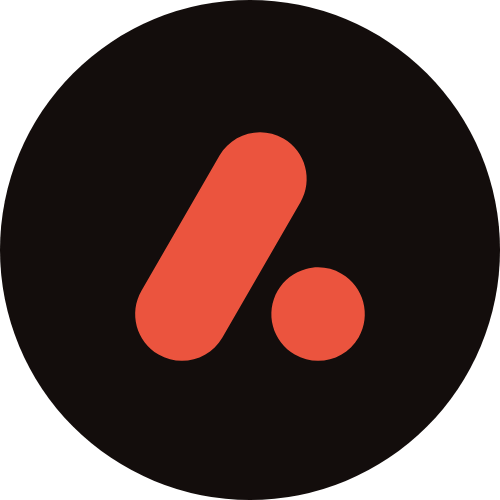We've worked across a number of industries and have achieved some incredible results with some incredible people and brands.
From SEO, to Google ads, to Social ads, and even content creation, we've got you covered on everything front.
SEO
Our team has decades of combined experience creating winning Organic Content to Rank #1.
Google Ads
Put your products in front of active buyers and beat out the competition with expert Google Shopping services.
Social Media
With Billions of monthly users in the US, Social Media is the strongest link between your brand and the next generation.
Other Agencies

AdListen
From SEO, to Google ads, to Social ads, and even content creation, we've got you covered on everything front.
Funnel Audit
We'll start by analyzing your sales funnel and seeing what's holding you back.
Campaign Setup
Then, with your business goals in mind, we will set up the advertising campaigns.
Maximize Profit
We'll then work towards driving the cost per action down to maximize profit.
We pride ourselves on being the best of the best and our team encapsulates that.












